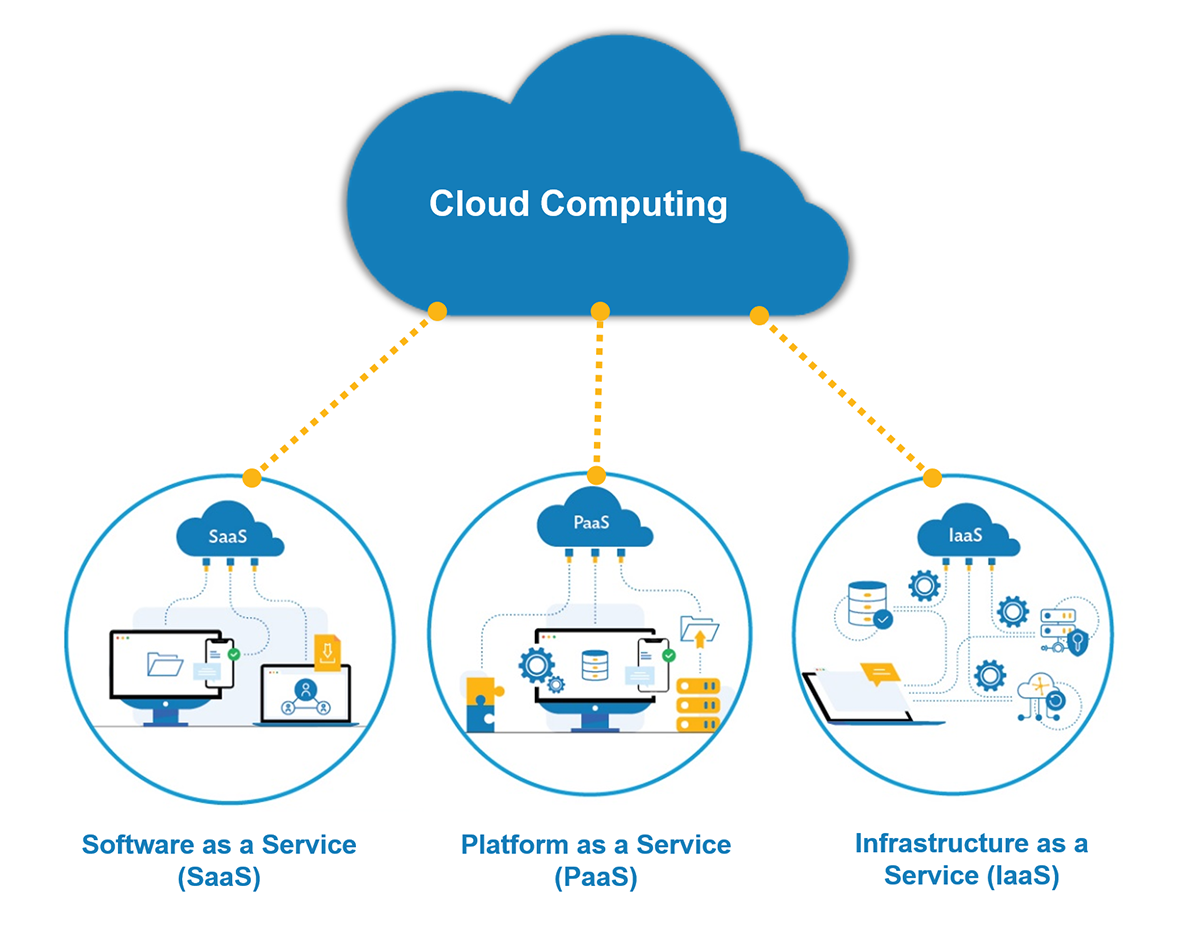Trustworthy and flexible: The Future of Cloud Services
In the ever-evolving landscape of technological improvements, cloud solutions have actually emerged as a foundation for modern-day services looking for flexibility and dependability. The collaborating blend of scalability, safety, and assimilation with advanced modern technologies paints an appealing photo of what the future holds for cloud services. As organizations progressively rely upon cloud solutions to drive innovation and effectiveness, a much deeper expedition into the transformative capacity of these solutions is important for those aiming to browse the intricacies of a digital-first world.
Advantages of Cloud Solutions
Cloud services provide unmatched scalability and versatility, making it possible for companies to adapt rapidly to transforming needs and optimize resource allotment efficiently. One key benefit of cloud services is cost-effectiveness.
Cloud service carriers invest heavily in modern safety and security procedures to safeguard information from breaches and make sure continual operation with repetitive systems and backups. Cloud services use improved cooperation and accessibility. Furthermore, cloud solutions frequently come with built-in collaboration devices that streamline communication and job monitoring.
Scalability and Flexibility
With the enhancing demand for dynamic source appropriation and versatile facilities in the digital age, the concept of scalability and flexibility has become paramount in modern organization procedures. cloud services press release. Cloud solutions provide companies the flexibility to scale up or down based on rising and fall requirements, enabling for cost-effective operations.
Cloud companies offer scalable and flexible services through attributes like auto-scaling, which immediately adjusts sources based upon predefined metrics, making certain ideal efficiency in any way times. This capability is specifically important for companies with uncertain workloads or seasonal variants popular. By leveraging the scalability and flexibility of cloud solutions, organizations can successfully manage their sources, enhance operational performance, and improve consumer contentment.
Safety And Security and Conformity Procedures
Making sure durable safety and security actions and conformity requirements is necessary for securing sensitive information and keeping governing adherence in today's interconnected electronic landscape. Cloud provider need to prioritize protection to safeguard versus cyber hazards and data breaches. Security, multi-factor authentication, and regular safety audits are vital parts of a thorough safety approach. Additionally, compliance with market guidelines such as GDPR, HIPAA, and PCI DSS is critical for organizations handling sensitive information.

Assimilation With Arising Technologies
Combination of arising modern technologies plays a pivotal function in shaping the future landscape of cloud services. Edge computing matches cloud services by enabling data processing closer to the source, decreasing latency and enhancing general efficiency. Blockchain modern technology guarantees boosted safety and security and openness in cloud transactions, making it a useful enhancement to shadow services.

Progressing Patterns in Cloud Adoption
Amid the vibrant landscape of innovation improvements, the fostering of cloud services is experiencing a noteworthy change driven by developing trends. On the various other hand, crossbreed cloud solutions use a blend of on-premises framework and exclusive or public cloud services, giving versatility and scalability.
Moreover, there is an expanding emphasis on edge computer, where data handling is performed closer to the data resource as opposed to counting on a central cloud server. This fad is particularly vital for applications requiring real-time data handling, enabling quicker decision-making and lowering latency.
Additionally, the adoption of serverless computer is obtaining traction, permitting organizations to concentrate on releasing and writing code find more information without the demand to find out manage underlying infrastructure. This fad supplies cost-efficiency and scalability benefits, driving more businesses towards serverless designs. On the whole, these evolving trends in cloud adoption represent a tactical shift towards even more versatile, effective, and customized cloud solutions.
Final Thought
Finally, the future of cloud solutions is assuring as a result of its versatility, reliability, security, and scalability procedures. The combination with emerging innovations better enhances its capabilities, making it important for companies seeking to remain competitive in the digital era. As companies remain to embrace cloud services for their procedures, the advancement of cloud technology will certainly shape the means organizations run and succeed in the ever-changing digital landscape.
The synergistic mix of scalability, safety, and combination with innovative innovations paints a promising image of what the future holds for cloud solutions. Blockchain innovation ensures improved safety and security and transparency in cloud purchases, making it an important addition to shadow services. Cloud Services. On the various other hand, hybrid cloud solutions use a blend of on-premises framework and exclusive or public cloud solutions, offering adaptability and scalability
Generally, these evolving patterns in cloud fostering signify a calculated change towards even more flexible, reliable, and tailored read review cloud solutions.
As companies continue to embrace cloud services for their operations, the development of cloud technology will undoubtedly form the way organizations prosper and run in the ever-changing electronic landscape.